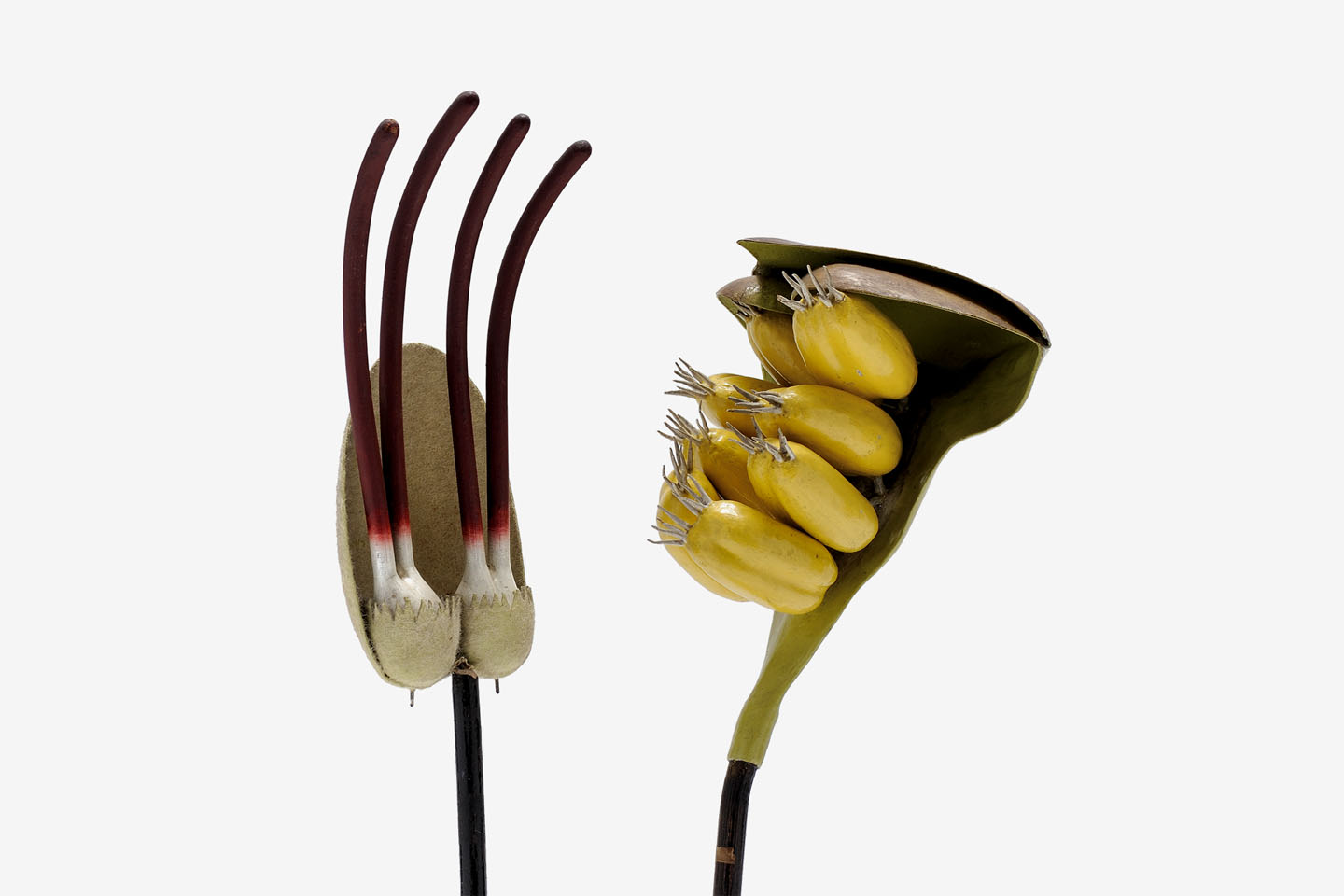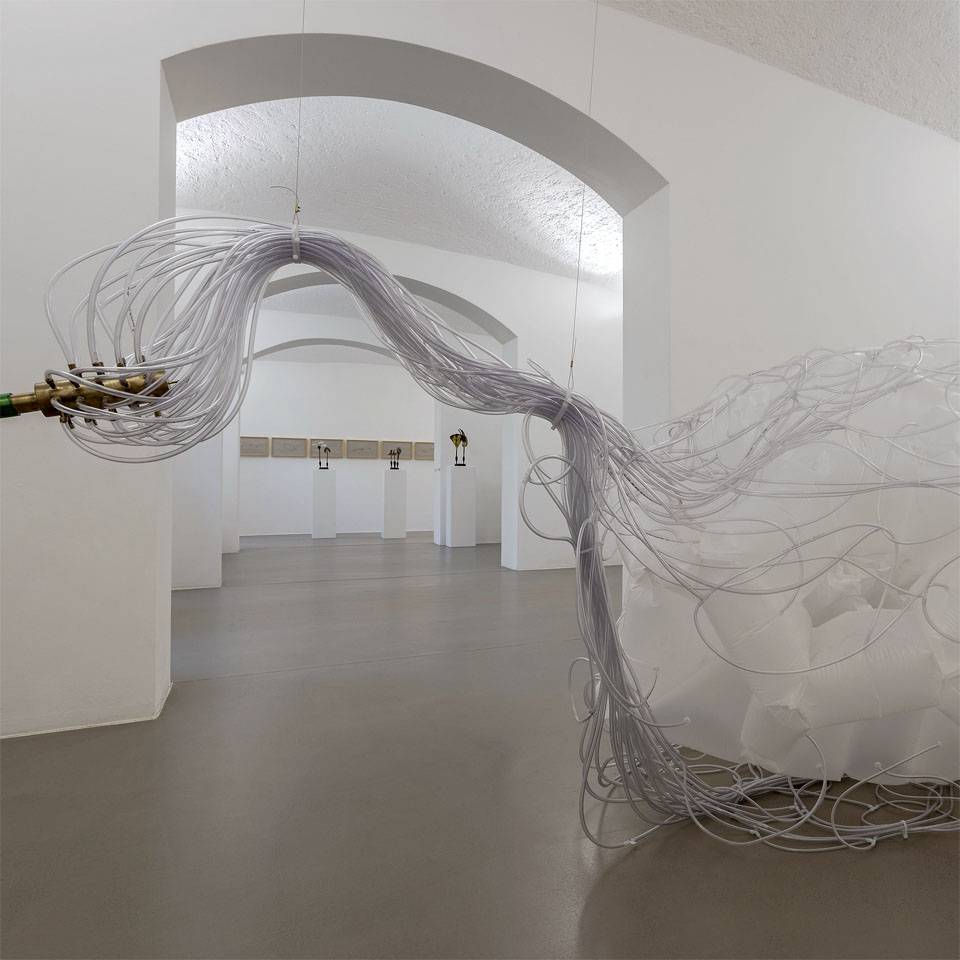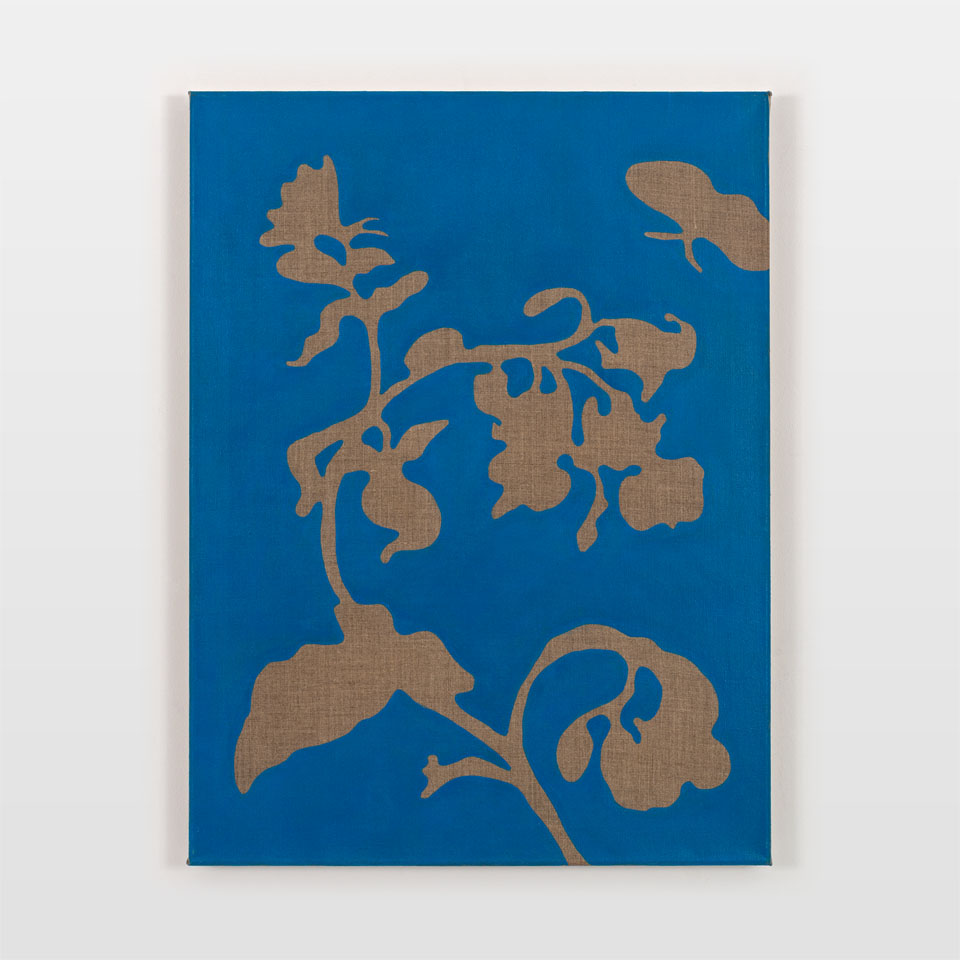Scientific Gardening
An Analytical Look at Plants in Art and the Sciences
6 May – 27 June 2015

Robert Brendel, Botanisches Lehrmodell, Berlin, Corylus avellana (Haselstrauch), um 1900, Courtesy Ariane Laue Kunsthandel, München, Foto: Jens Bruchhaus
Exhibition
Under the microscope, even the smallest object can have an impact on big issues. Pollen and fossil leaves show how the climate has been changing over the past ages, diatoms shed light on the condition of the environment. State of the art technology such as the development of STED-Microscopy, awarded the 2014 Nobel Prize, has opened new horizons for botany. Modern plant research without electron and fluorescence microscopes are unimaginable in today’s world. They provide important insights that go far beyond the actual subject of investigation, such as questions concerning climatology.
Today’s scientific images of plants differ greatly from their historical predecessors. Microscopy and photography through microscopes have replaced the unity of artistic presentation and botanical research irrevocably. Ever since, these images no longer unite aesthetic visions and scientific discoveries. They are the means to systematic, objective analysis. In doing so, they create aesthetics of their own.
The exhibition starts from older scientific methods of creating images such as nature printing or plant models manufactured in the early 1900s for educational purposes. Six contemporary artistic interpretations rethink and reinvent these themes for the present. They use new as well as historical techniques of imaging to develop new approaches to the world of plants. In the course of this, they allow tiny cell structures to grow to a monumental scale, make hidden processes in nature visible for the human eye or forge surprising links between the study of nature and the industrial mass production of cut flowers.
The ERES Foundation’s intention is to reconcile the images of the arts and sciences in order to shed light on pressing questions, not just regarding botany, but our entire civilization as well.
Kooperation: Wir danken für die Bereitstellung der wissenschaftlichen Bilder:
Dr. Friedrich Kragler, Max-Planck-Institut für molekulare Pflanzenphysiologie, Potsdam
Dr. Ines Kreuzer, Molekulare Pflanzenphysiologie und Biophysik, Universität Würzburg
Prof. Dr. Gerhard Wanner, Ultrastrukturforschung, LMU, München
Artists
Baum/Jakob, Markus Huemer, Helen Mirra, Ronald van der Meijs, Robert Voit, Ken+Julia Yonetani
Lectures
-
Monday, 8 June 2015, 7 pm
Prof. Dr. Hanno Schäfer, TUM München/Wissenschaftszentrum Weihenstephan, Fachgebiet Biodiversität der Pflanzen
Herbarien: Schatzkammern für die WissenschaftProf. Dr. Gerhard Wanner, LMU München, Fakultät für Biologie, Pflanzenwissenschaften
Was Botaniker mit dem Elektronenmikroskop entdecken -
Monday, 22 June 2015, 7 pm
Prof. Dr. Steffen Siegel, Folkwang Universität der Künste Essen, Fachbereich Gestaltung/Theorie und Geschichte der Fotografie
Blumenstiche, Blütenmodelle, Naturselbstdrucke: Bildgeschichte der BotanikKünstlergespräch mit Robert Voit über seine Arbeit The Alphabet of New Plants

Ronald van der Meijs, A Time Capsule of Life 2.0, 2015, © Ronald van der Meijs, Courtesy by the artist, Foto: ERES Stiftung / Christoph Knoch

Markus Huemer, Gewöhnlicher Sumpf-Bärlauch (Lycopodiaceae), 2006, © Markus Huemer, Courtesy by the artist / Galerie MaxWeberSixFriedrich, Foto: ERES Stiftung / Christoph Knoch
Catalogue
Accompanying the exhibition is a catalogue, EUR 2,00
Order via Catalogues

Reviews
-
Artifizielle Botanik
artline 06/2015
Artikel als pdf -
Verzauberndes Herbarium
gallerytalk.net, 23. Mai 2015
Artikel als pdf -
Aufregender als jeder Biologieunterricht
Süddeutsche Zeitung, 15. März 2015
Artikel als pdf -
ERES Stiftung: Scientific Gardening – Vernetzung aus Botanik, Kunst und Wissenschaft
brikada.de, 5. März 2015
Artikel auf brikada.de
